Toxic to dogs
Often as a dog owner, it feels like you can’t turn your back for a minute without them eating/chewing something they shouldn’t. Unfortunately, plants are one target of our dogs’ attention, and they can carry hidden risks within their attractive exteriors.
Before you dispose of all the plants in your garden, these plant species do some of the work for you by having a very off-putting taste. Yet some dogs just can’t help biting off more than they should chew, especially puppies who love to explore the world with their mouths.
Here we’ve rounded up a handy list of indoor and outdoor plants that are dangerous, poisonous or toxic to dogs. If your dog ever ingests a plant and experiences adverse effects, contact your vet as soon as possible. It’s also important to inform the vet which plant your pet has consumed. Bring the plant along to show your vet if you don’t know the name.
Please note that this list is not exhaustive, so if your dog has eaten something they shouldn’t, contact your vet immediately!
Arum lily
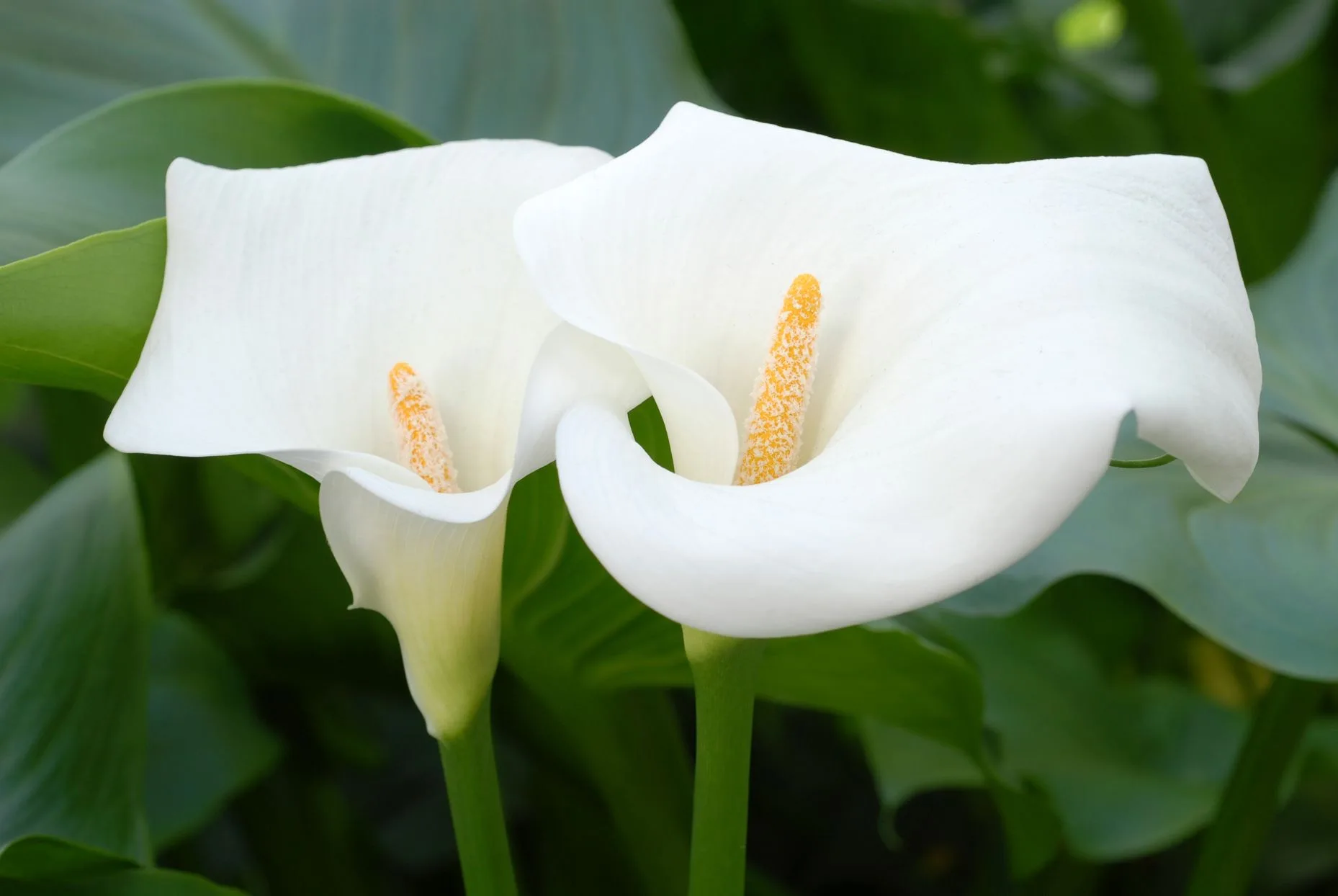
Harmful part: The whole plant.
Mechanism of poisoning: The plant must be ingested to be toxic.
Symptoms:
- Oral irritation
- Pain and swelling of the mouth, tongue and lips
- Drooling
- Vomiting
- Difficulty swallowing
Azalea
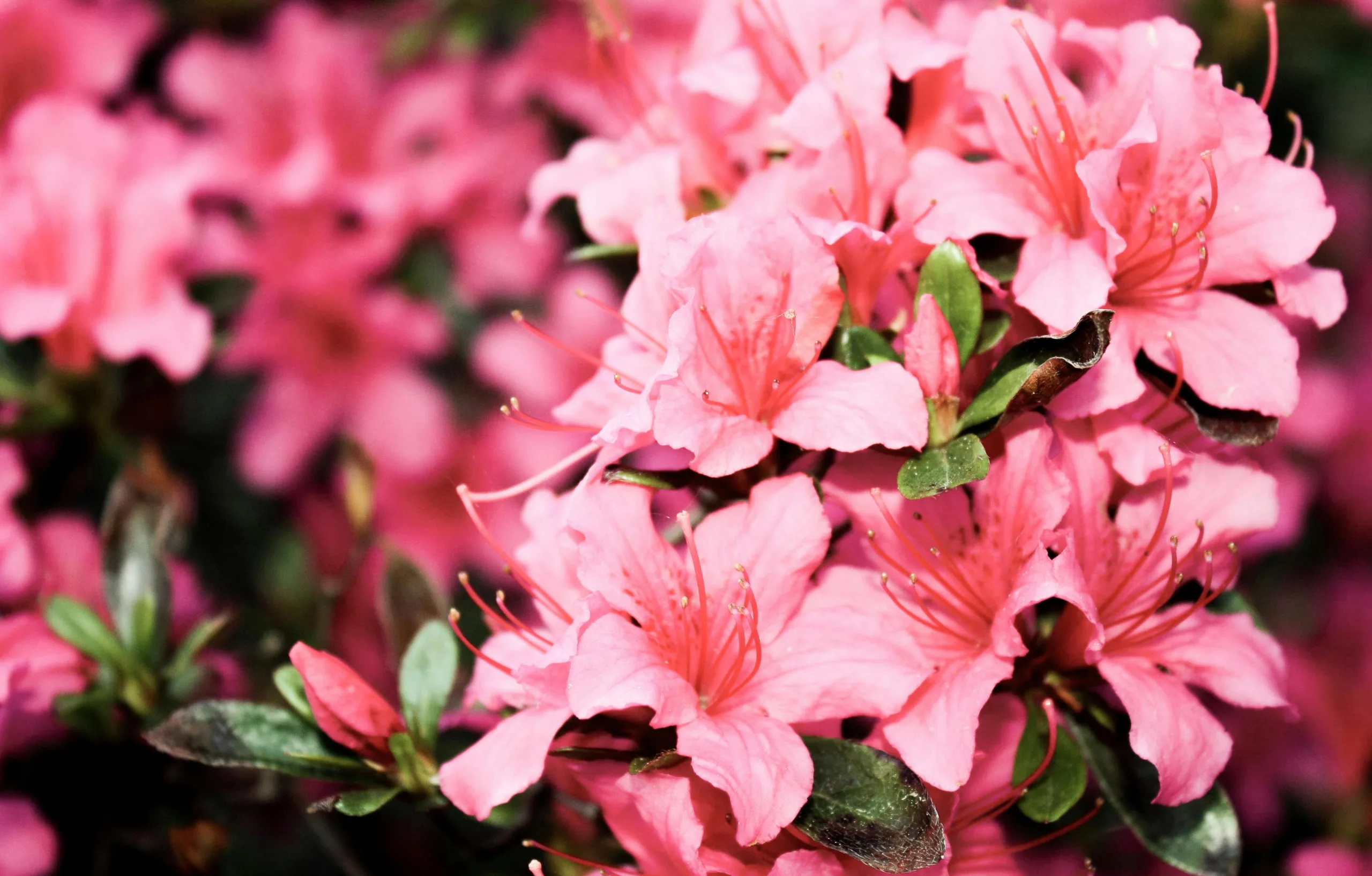
Harmful part: Leaves
Mechanism of poisoning: The plant must be ingested to be toxic, as it contains grayanotoxins which are toxic to the cardiac muscle and the skeletal system.
Symptoms:
- Vomiting
- Diarrhoea
- Drooling
- Weakness
- Coma
- Hypotension
- Central Nervous System depression
- Cardiovascular collapse and death
Chrysanthemums
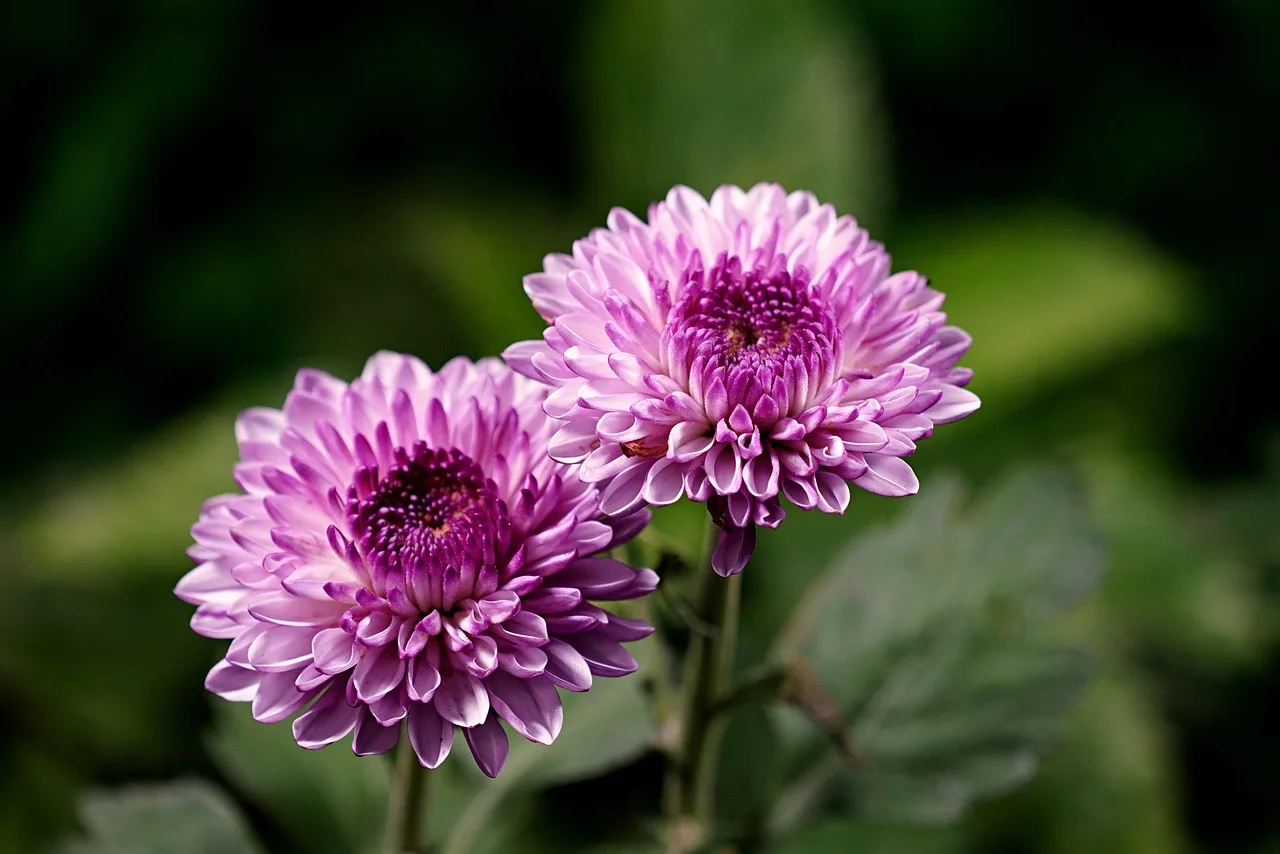
Harmful part: Entire plant
Mechanism of poisoning: The plant must be ingested to be toxic.
Symptoms:
- Vomiting
- Hypersalivation
- Diarrhoea
- Loss of coordination
- Dermatitis
Clivias

Harmful part: Bulbs
Mechanism of poisoning: The plant must be ingested to be toxic.
Symptoms:
- Vomiting
- Drooling
- Diarrhoea
- Low blood pressure
- Convulsions
- Tremors
- Heart rhythm problems
Cycad

Harmful part: Entire plant, especially the seeds
Mechanism of poisoning: The plant must be ingested to be toxic.
Symptoms:
When the seeds are ingested they cause:
- Gastrointestinal issues (vomiting and diarrhoea may be bloody)
- Neurological issues
Untreated cycad seed poisoning leads to liver failure and ultimately causes death.
Daffodil
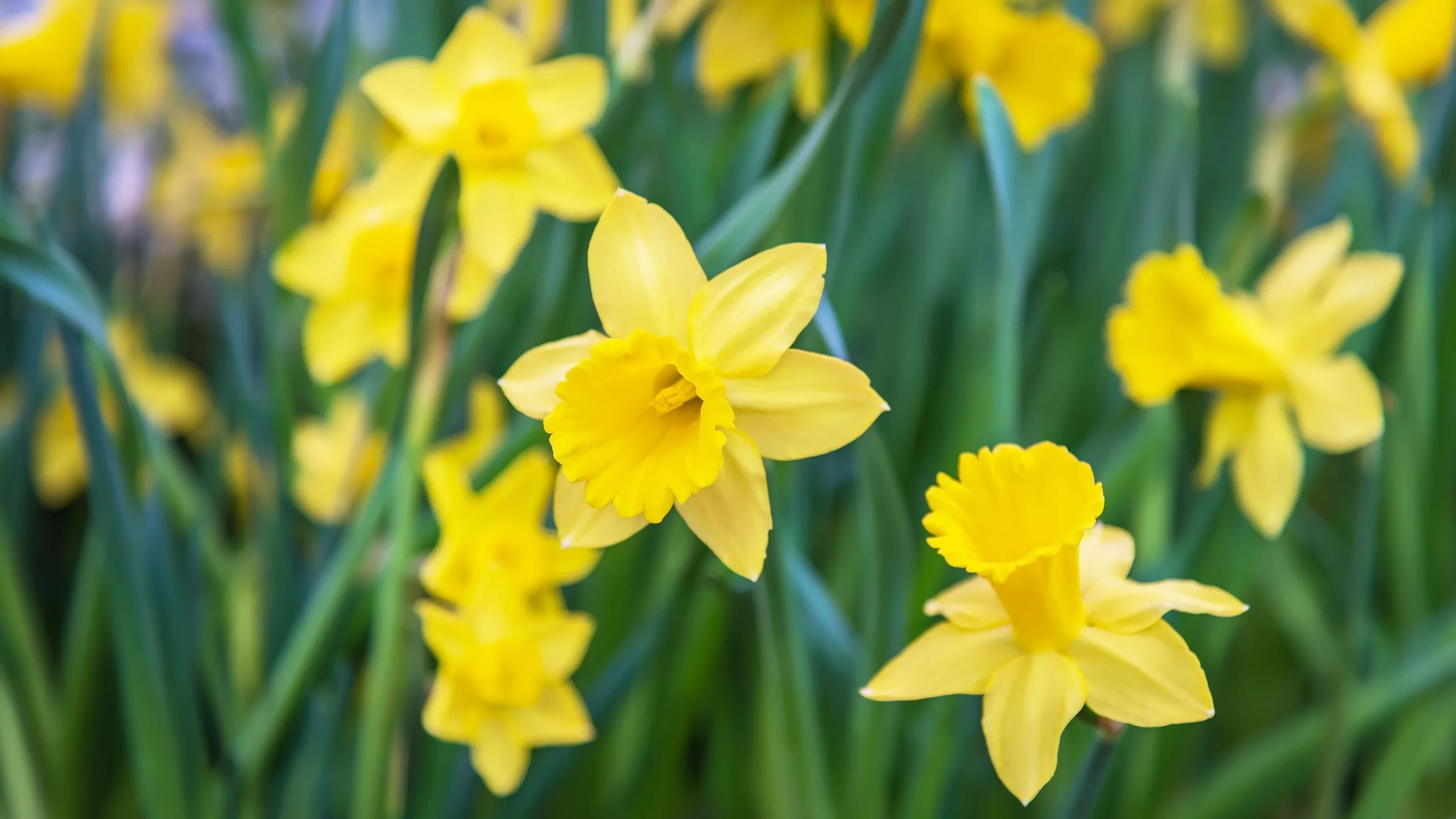
Harmful part: Entire plant
Mechanism of poisoning: The plant must be ingested to be toxic, although with smaller dogs issues have been reported with something as simple as dogs drinking the water the daffodils were kept in.
Symptoms:
- Stomach cramps
- Low blood pressure
- Drooling
- Tremors
- Vomiting
- Diarrhoea
- Heart rhythm problems
Geraniums
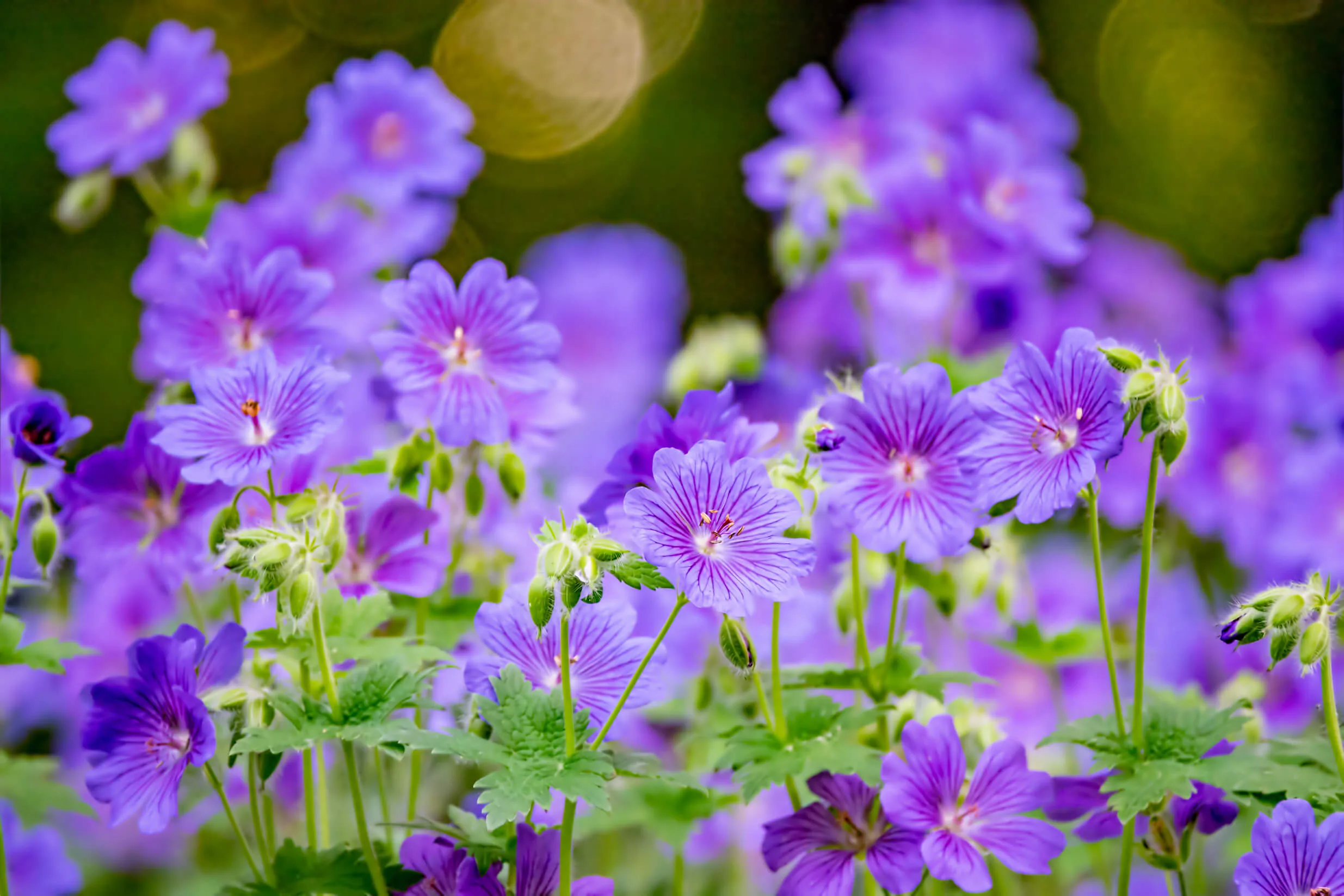
Harmful part: Entire plant
Mechanism of poisoning: The plant must be ingested to be toxic.
Symptoms:
- Vomiting
- Anorexia
- Depression
- Dermatitis
Hyacinth

Harmful part: Bulbs
Mechanism of poisoning: The plant must be ingested to be toxic.
Symptoms:
- Intense vomiting
- Diarrhoea (sometimes bloody)
- Depressions
- Tremors
Hydrangea
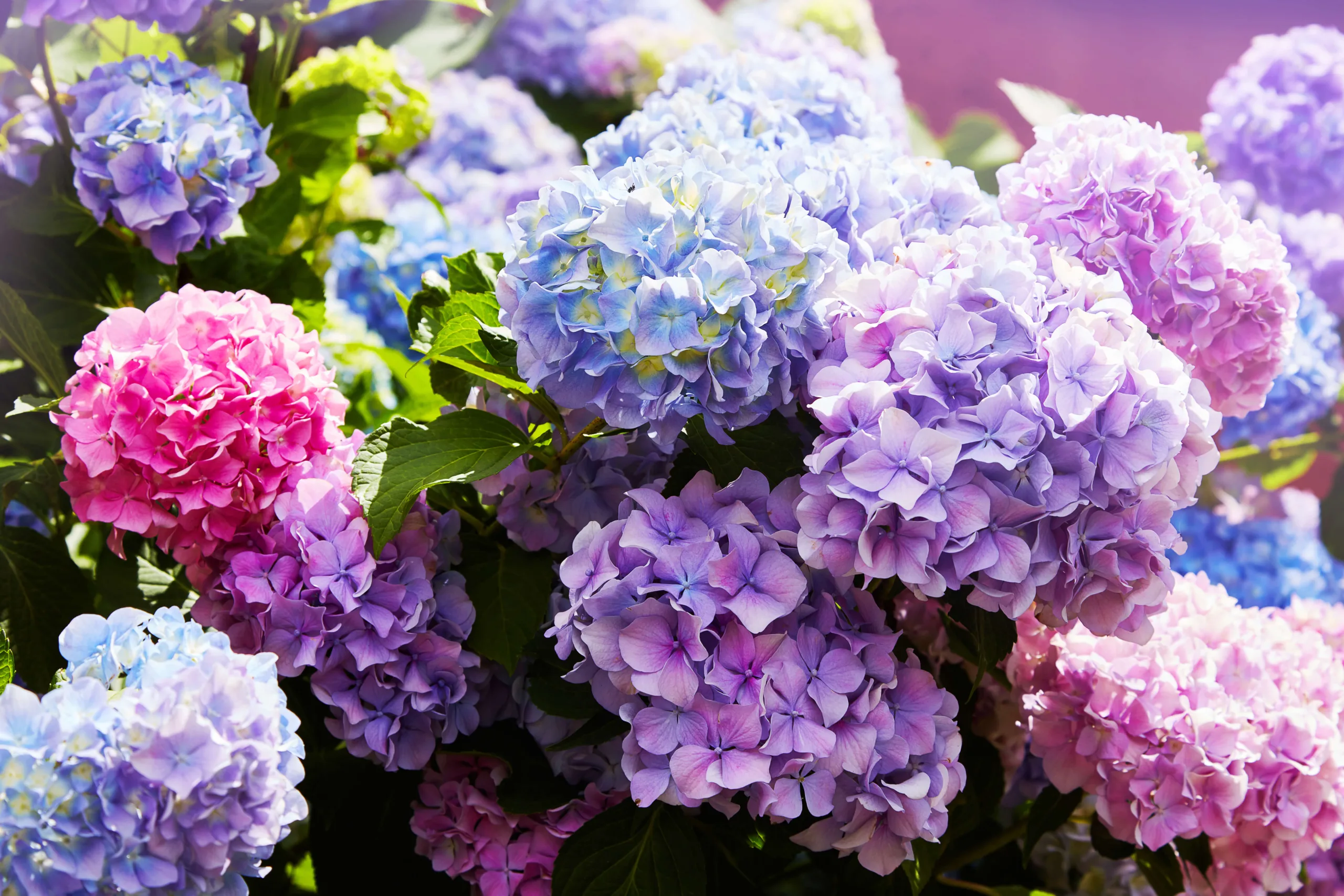
Harmful part: Bulbs and flowers
Mechanism of poisoning: The plant must be ingested to be toxic. The flowers of these plants are broken down in the stomach to produce cyanide.
Symptoms:
- Vomiting
- Diarrhoea
- Depression
Irises

Harmful parts: Entire plant but especially the bulb
Mechanism of poisoning: The plant must be ingested to be toxic.
Symptoms:
- Salivation
- Vomiting
- Drooling
- Lethargy
- Diarrhoea
Lily of the Valley
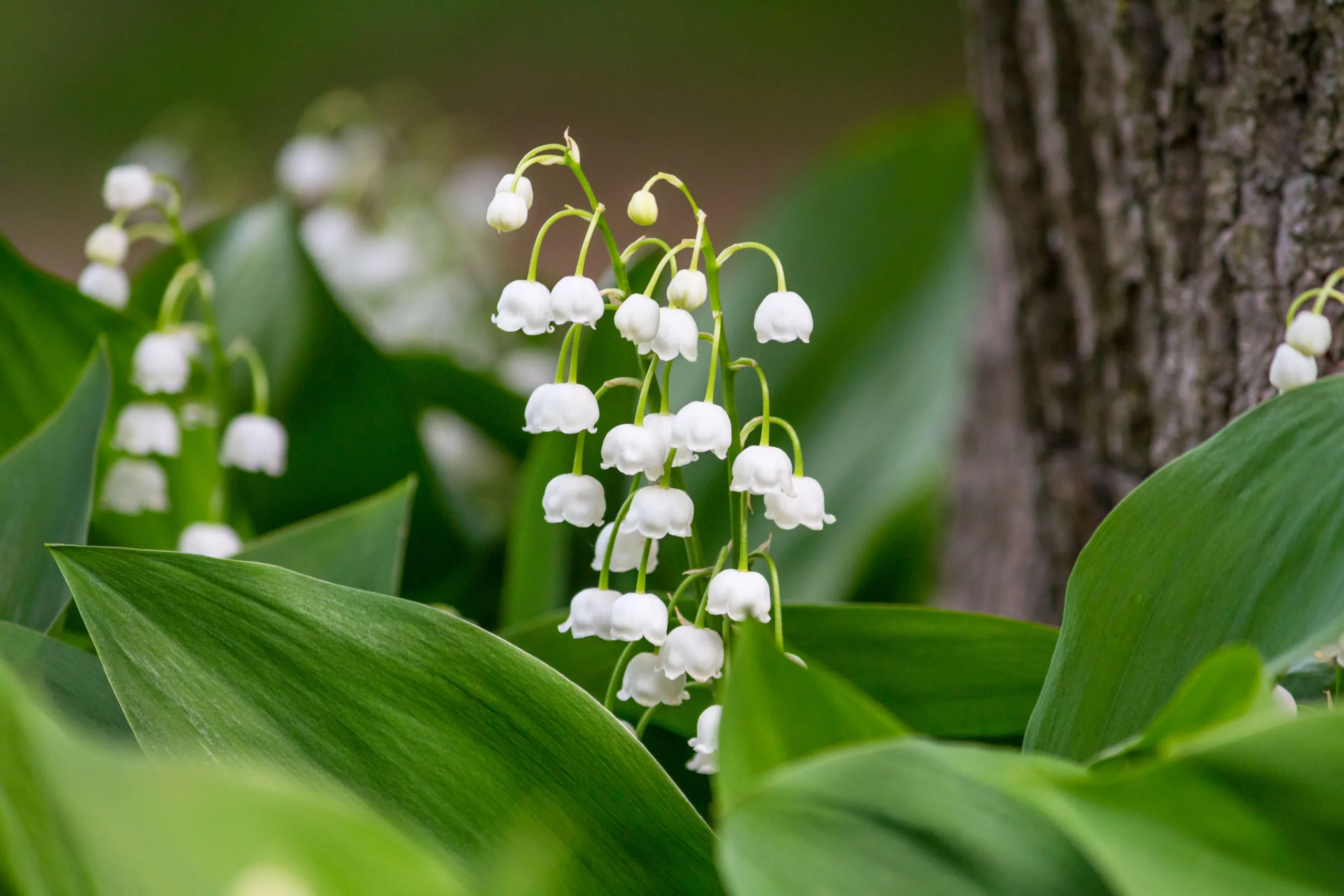
Harmful part: Entire plant
Mechanism of poisoning: The plant must be ingested to be toxic.
Symptoms:
- Vomiting
- Irregular heartbeat
- Low blood pressure
- Disorientation
- Coma
- Seizures
- Death
Oleander

Harmful part: Entire plant
Mechanism of poisoning: The plant must be ingested to be toxic.
Symptoms:
- Diarrhoea
- Heart issues
- Blood pressure issues
- Lethargy
- Depression
- Tremors
- Seizures
- Dehydration
- Shock
- Death
Rubber plants
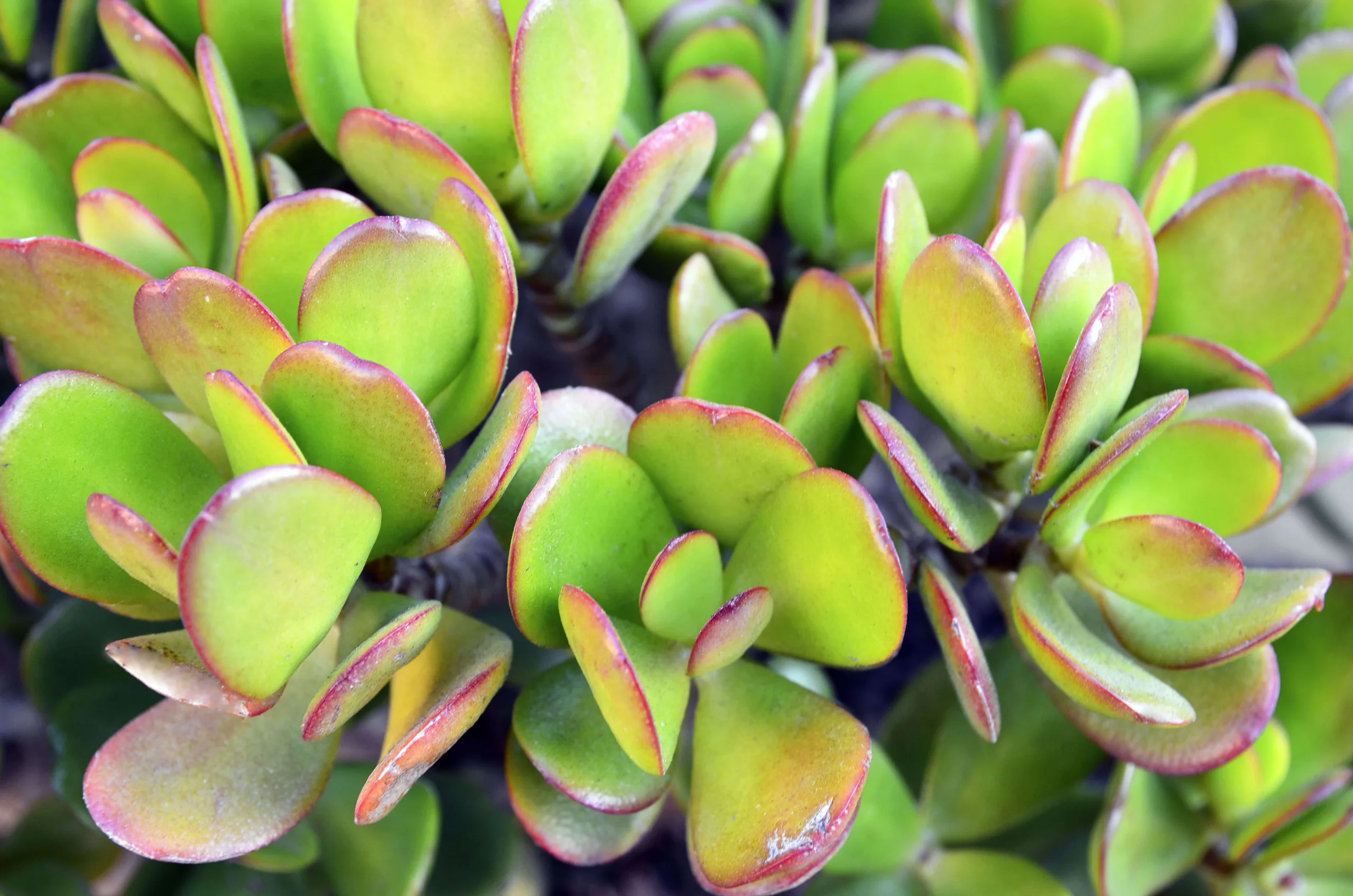
Harmful part: Entire plant
Mechanism of poisoning: It’s not well understood what makes these plants toxic.
Symptoms:
- Vomiting
- Diarrhoea
- Poor coordination
Strelitzia

Harmful part: Entire plant
Mechanism of poisoning: The plant must be ingested to be toxic.
Symptoms:
- Nausea
- Vomiting
- Drowsiness
- Difficulty breathing
- Loss of appetite
- Death
Tulips

Harmful part: Bulbs
Mechanism of poisoning: The plant must be ingested to be toxic.
Symptoms:
- Extreme digestive irritation
- Loss of appetite
- Convulsions
- Heart abnormalities


